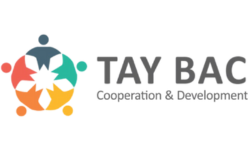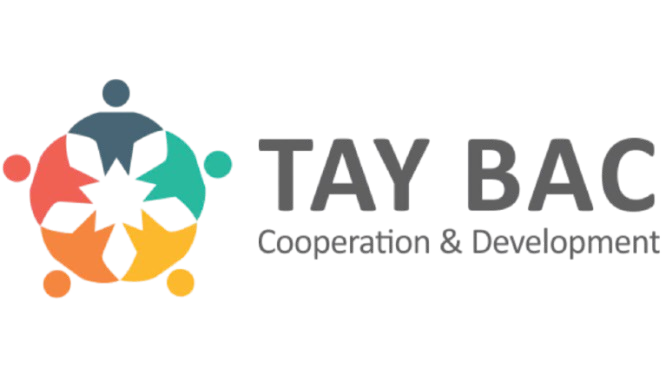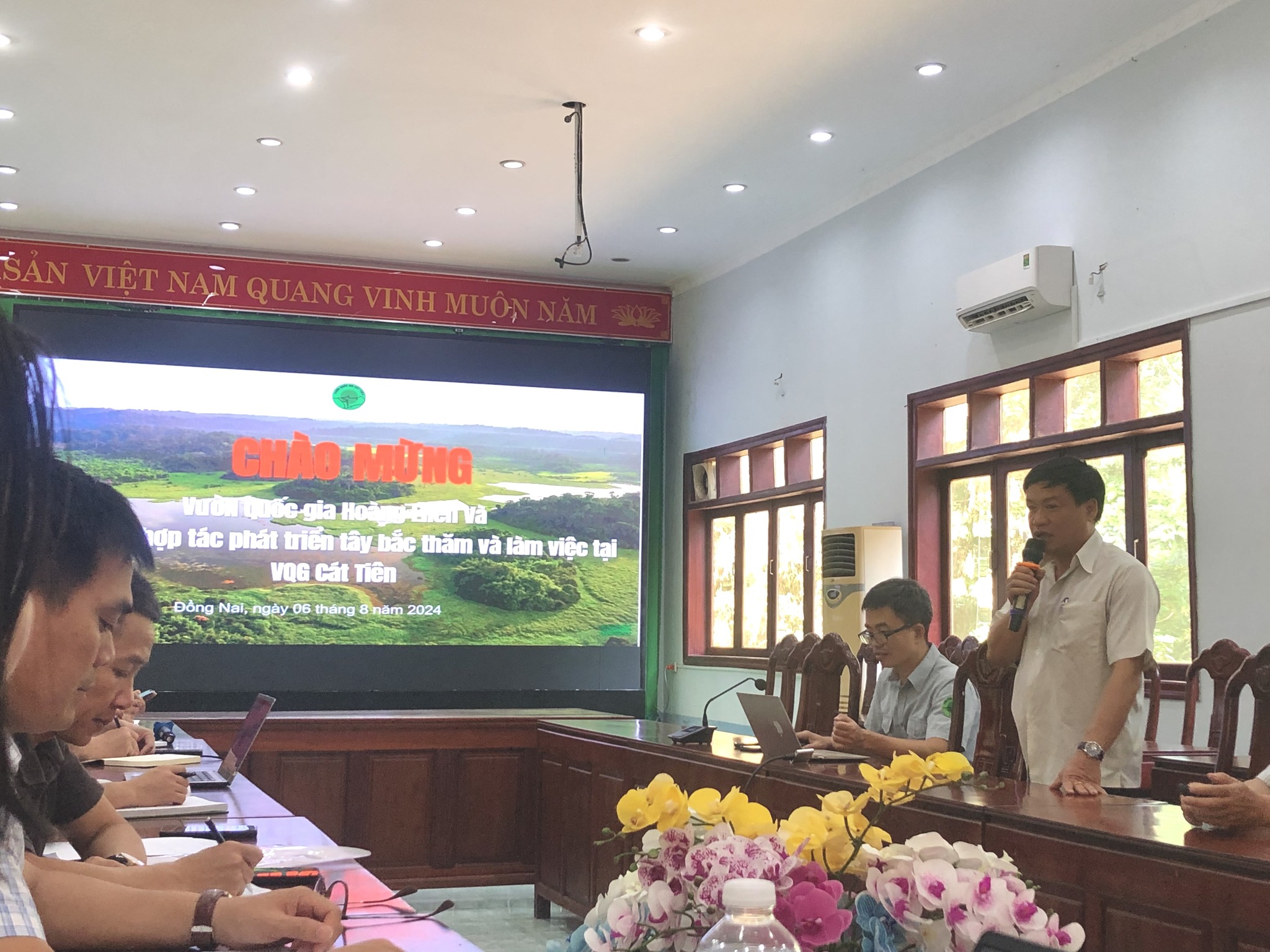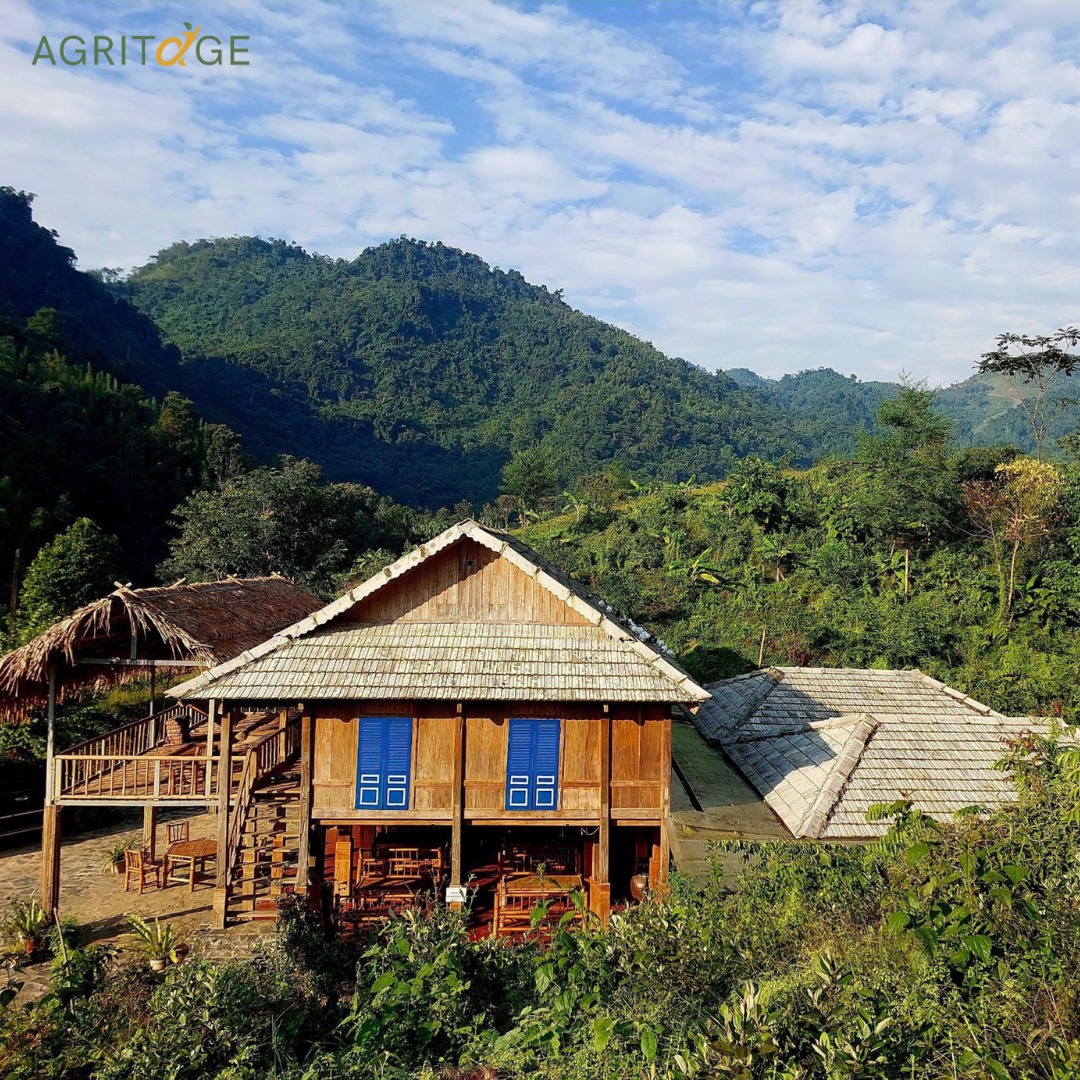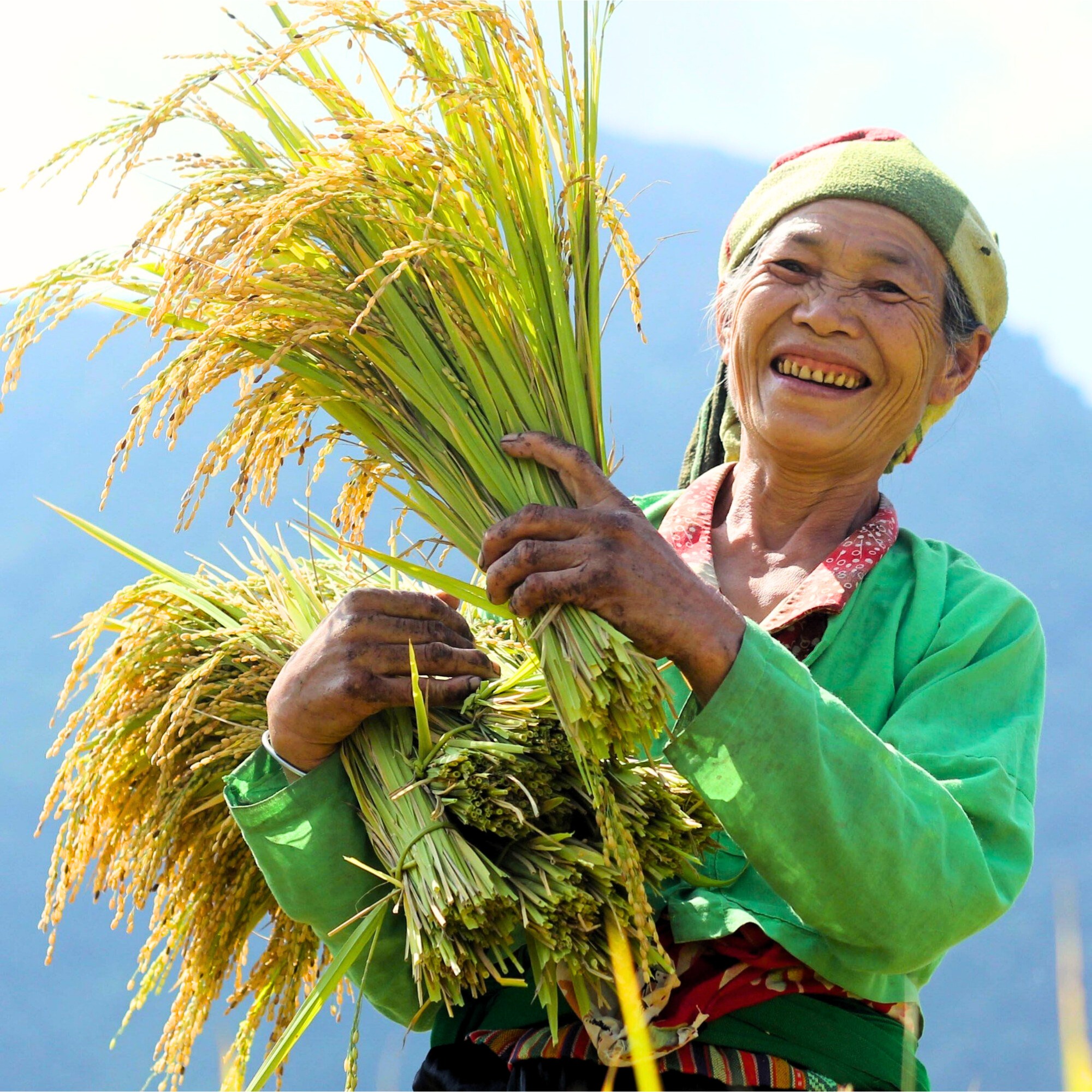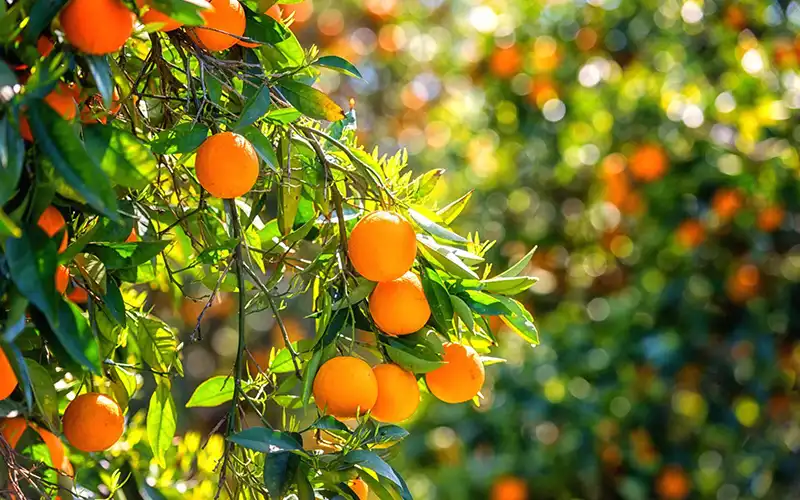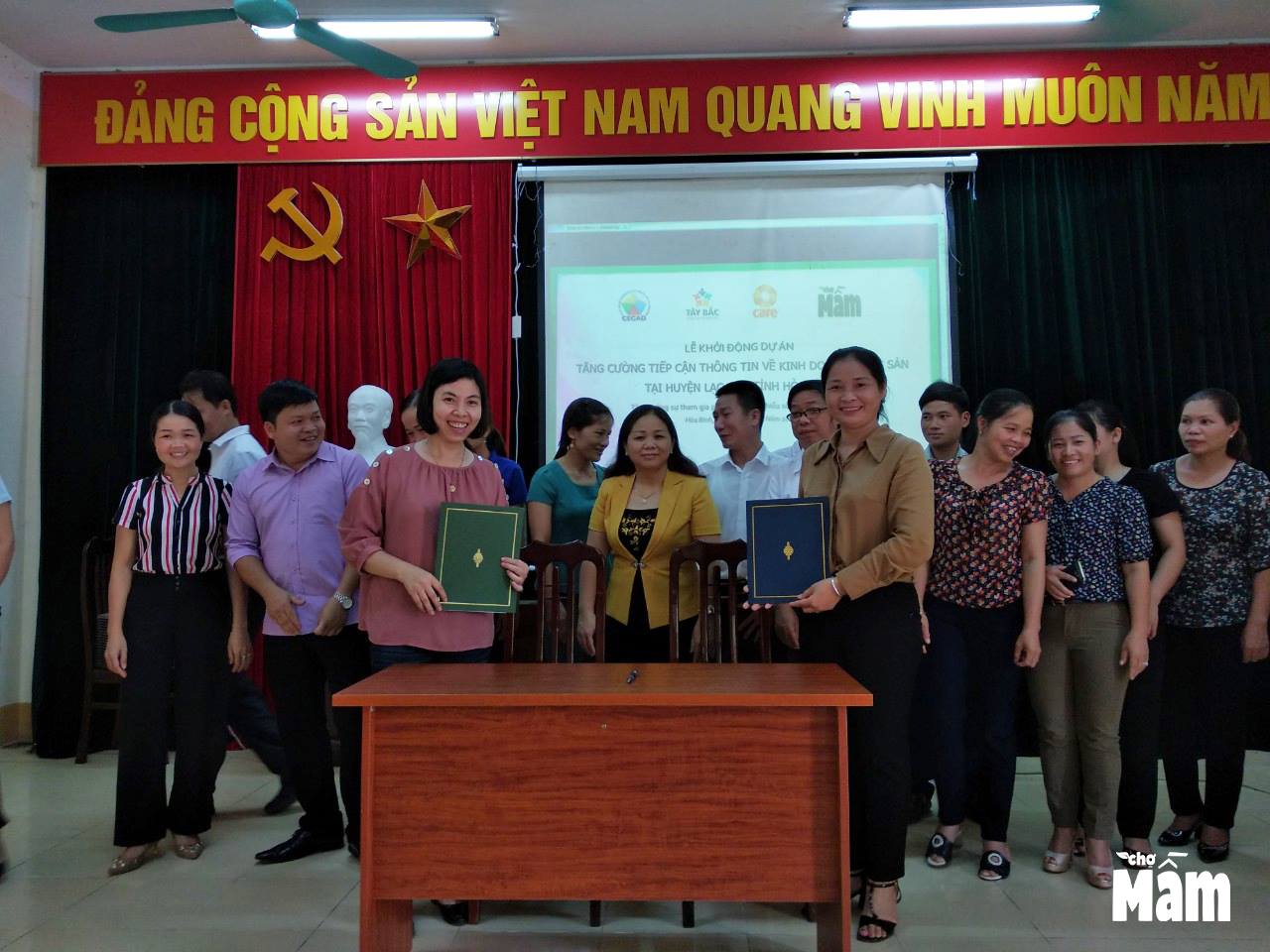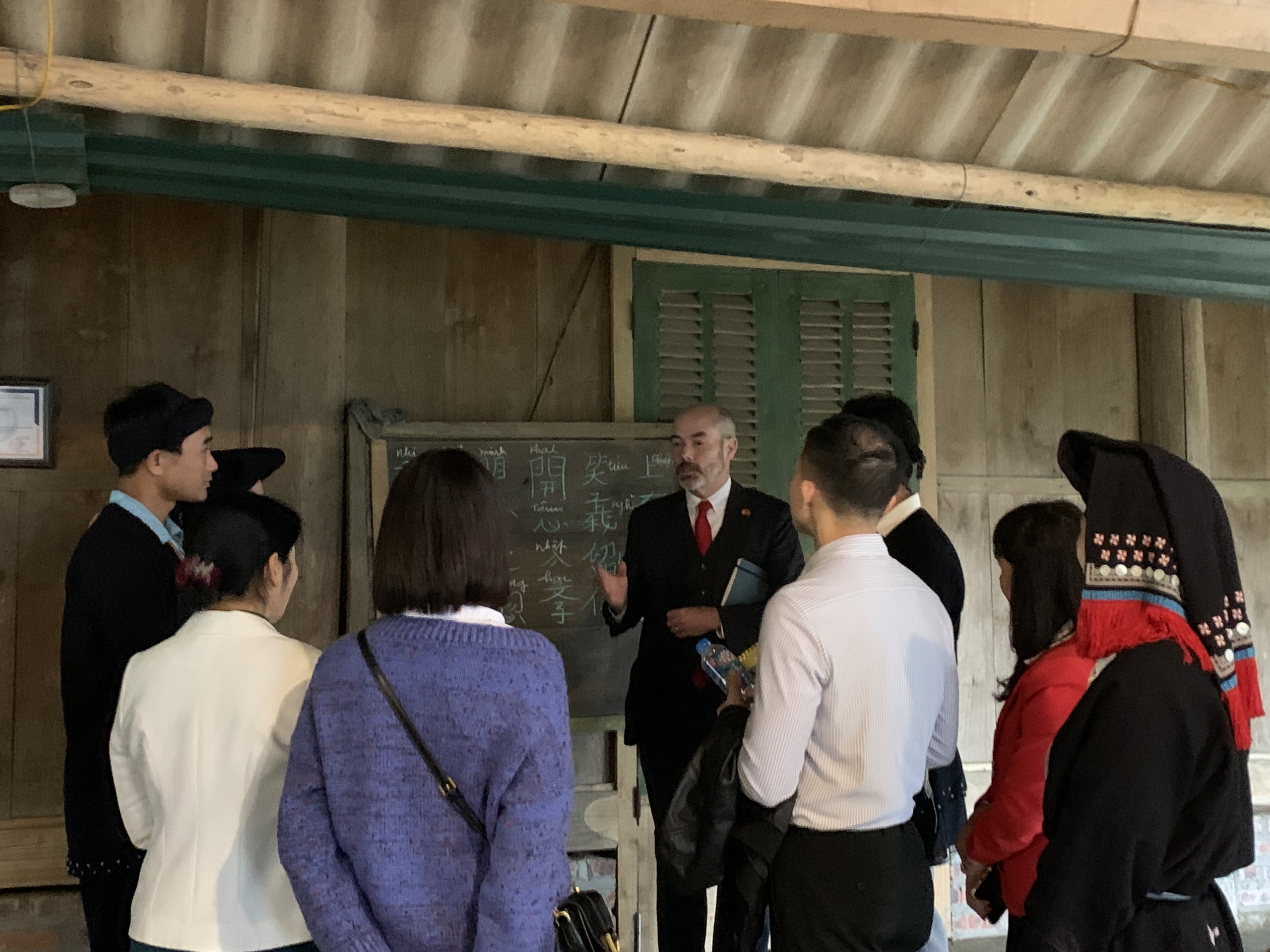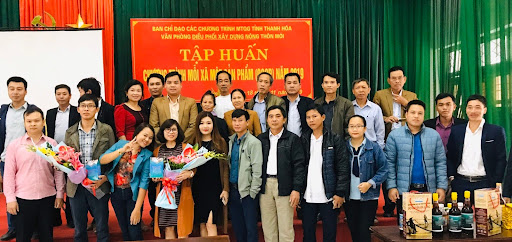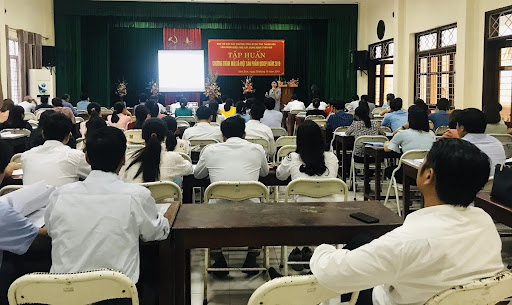In July 2020, as part of the project “Improving Support Services for Production and Cooperative Regulations to Increase Income for Ethnic Minority Women Farmers in Lao Cai Province,” implemented by the Department of Agriculture and Rural Development of Lao Cai province with funding from the GREAT program, the Northwest Development Cooperation Center participated in consulting to finalize the report on the assessment of the capacity to provide input pharmaceutical services in Lao Cai.
An official press conference was held to announce the results and present key findings from the study.
Based on the survey results from the Institute of Medicinal Materials, approximately 70% of the domestic herbal market demand is imported from other countries such as China, Taiwan, and Singapore. Around 45 species that are strengths of Vietnam also have to be imported, including: white bean (bạch biển đậu), areca nut (binh lang), patchouli (hoắc hương), and safflower (hồng hoa). This situation also affects 25 types of medicinal plants that grow naturally in Vietnam, which have previously been exploited for export.
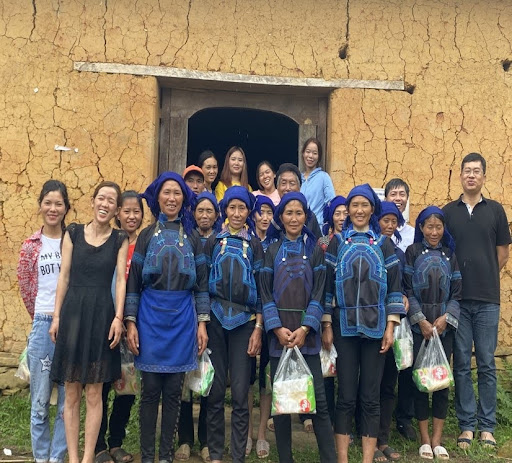
Currently, the medicinal material industry in Vietnam, and specifically in Lao Cai, has good consumption potential. However, the domestic herbal industry remains focused on trading raw products at low prices.
Therefore, the study aims to analyze the current state of input supply and use of services in the medicinal material sector of Lao Cai province, proposing the development of a service provision linkage model in the medicinal material industry based on a Market System Development (MSD) approach. The research was conducted in five communes of Bat Xat and Bac Ha districts in Lao Cai province from June 26 to June 29, 2020.
Survey results indicate that stakeholders in the chain, including herbal growers, cooperatives, and businesses, have needs and are using supply services for inputs. However, the proportion of herbal growers utilizing all three types of services—(i) capital and credit; (ii) agricultural materials; (iii) agricultural extension—is moderate, with only 51% of households using all three types of services. Notably, 49% of households are only using 1-2 types of services. There is a lack of clear binding relationships regarding benefits and responsibilities between input supply companies, distribution agents, and herbal farming households.
The Agricultural Service Center of Bat Xat district currently operates a business model of supplying materials to farmers through local agricultural extension officers, providing technical consulting services based on district orders. However, it has yet to establish a strategy or business model to connect with local cooperatives and medicinal businesses regarding the piloting and implementation of the service provision model using a market approach.

The Department of Agriculture and Rural Development is organizing discussions with relevant parties to exchange ideas about this model. Consulting and engaging with stakeholders such as the Agricultural Service Center, cooperatives, processing businesses, and farmers will lead to appropriate collaborative solutions for all parties involved.
